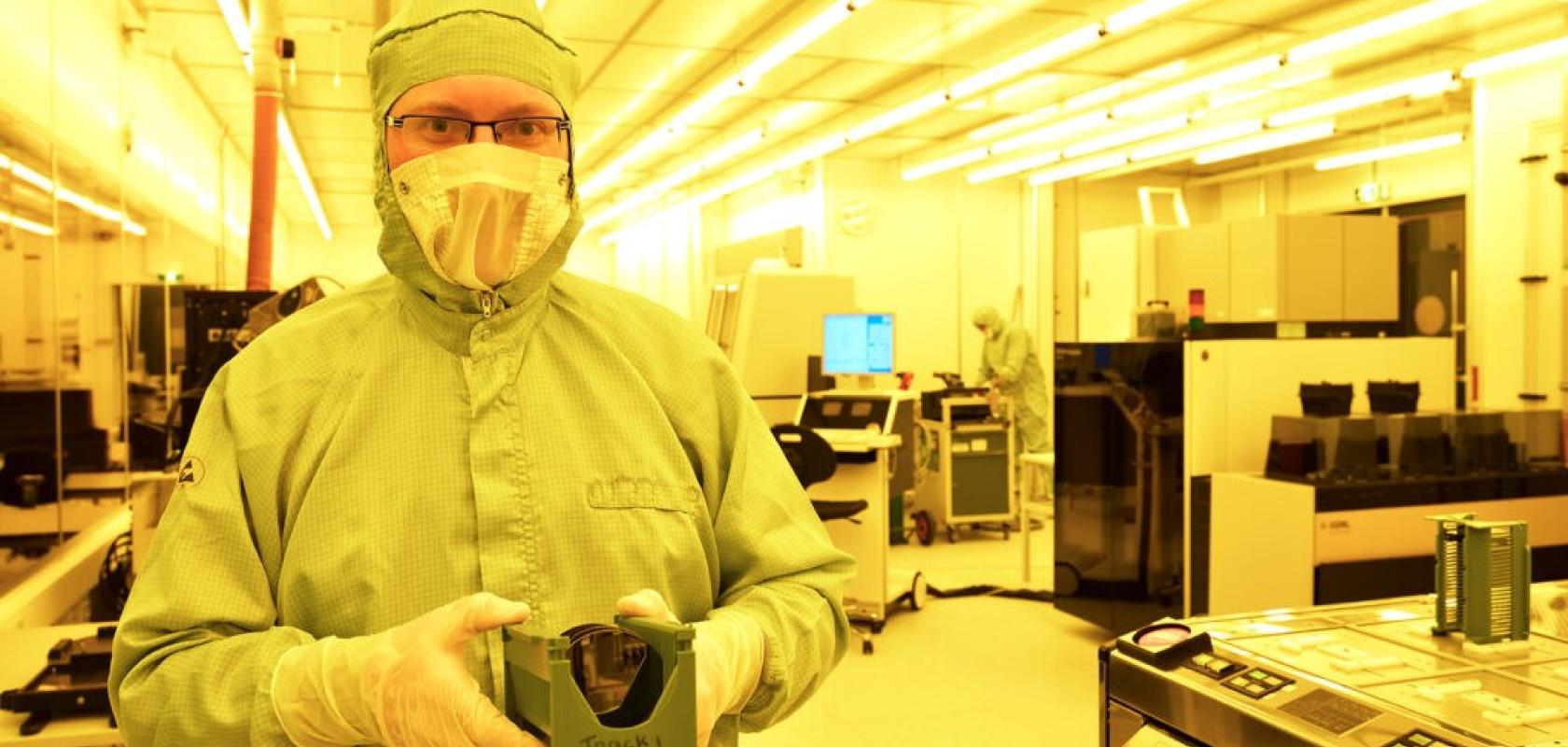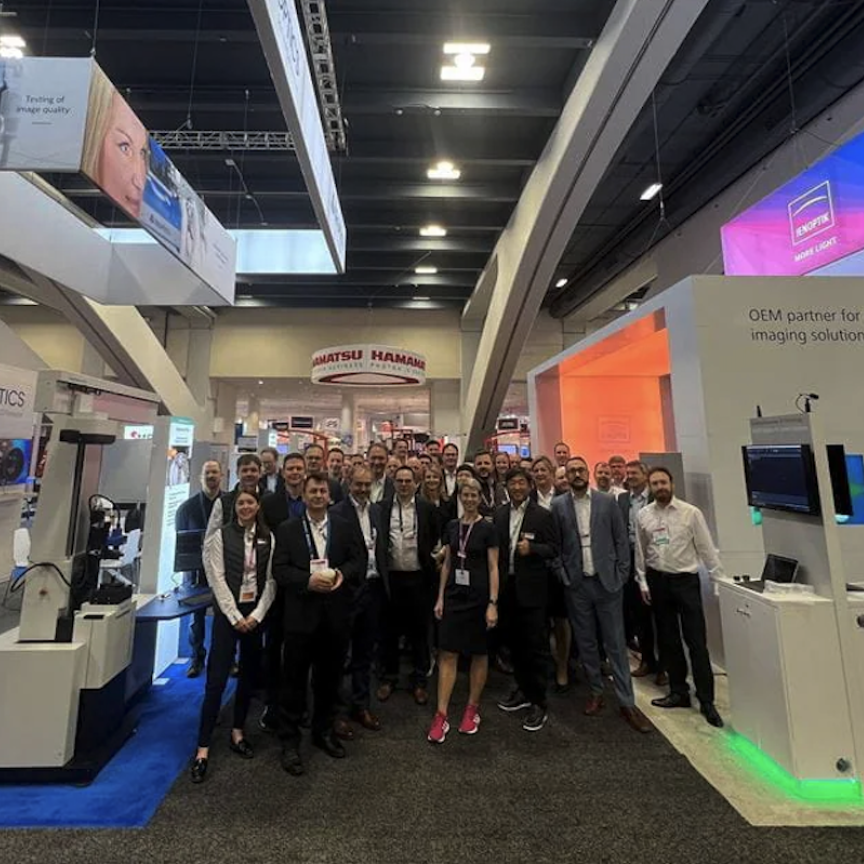PhotonDelta, a Dutch-based ecosystem of photonic chip technology organisations, has secured €1.1 billion in public and private investment to establish the Netherlands as a leader in next-generation semiconductors.
The funding includes €470 million from the Dutch Government as part of its plan to cement and expand the Netherlands’ position as a world leader in integrated photonics.The rest is co-invested by various partners and stakeholders.
The funding will be used by PhotonDelta and its partners over six years to invest in over 200 photonic startups and scaleups, expand production and research facilities, attract and train talent, drive adoption, and develop a world-class design library.
By 2030, PhotonDelta aims to have created an ecosystem with hundreds of companies, serving customers worldwide and a wafer production capacity of 100,000+ per year.
The ecosystem currently consists of 26 companies, 11 technology partners and 12 R&D partners.
Ewit Roos, CEO at PhotonDelta, said: ‘This investment is a game-changer. It will make the Netherlands the home of the next generation of semiconductors which will have a profound impact on the whole European tech industry.
‘The ongoing chip shortage highlights the pressing need for Europe to create its own production capabilities for strategic technologies. We will now be able to support hundreds of startups, researchers, producers and innovators to boost this industry that will be as impactful as the introduction of microelectronics a few decades ago.
‘Photonic chips are one of the most important technological breakthroughs of the last decade. Not only do they allow for the creation of devices that are faster, cheaper, more powerful and greener – they also enable radical new innovations like affordable point-of-care diagnostics or quantum computing to become a reality.’
What are photonic chips?
Photonic chips, also called photonic integrated circuits (PICs), integrate photonic functions into microchips to create smaller, faster and more energy-efficient devices. PICs can process and transmit data much more effectively than their electronic counterparts. Just like with traditional chips, the production process is carried out using automatic wafer-scale technology. This allows the chips to be mass-produced, reducing costs.
Crucially, PICs can overcome the expected limit to Moore’s Law and will also help tackle energy sustainability issues. PICs are currently used in the data and telecom industry to reduce the energy consumption per bit and increase speeds. With data and internet use expected to be around 10 per cent of global electricity consumption by 2027, PICs provide a powerful way to limit the impact on the climate. Photonic circuits will also soon play an important role for innovative sensors that can be mass-produced, leading to earlier diagnostics of diseases, safe autonomous vehicles and infrastructure, and more efficient food production.


